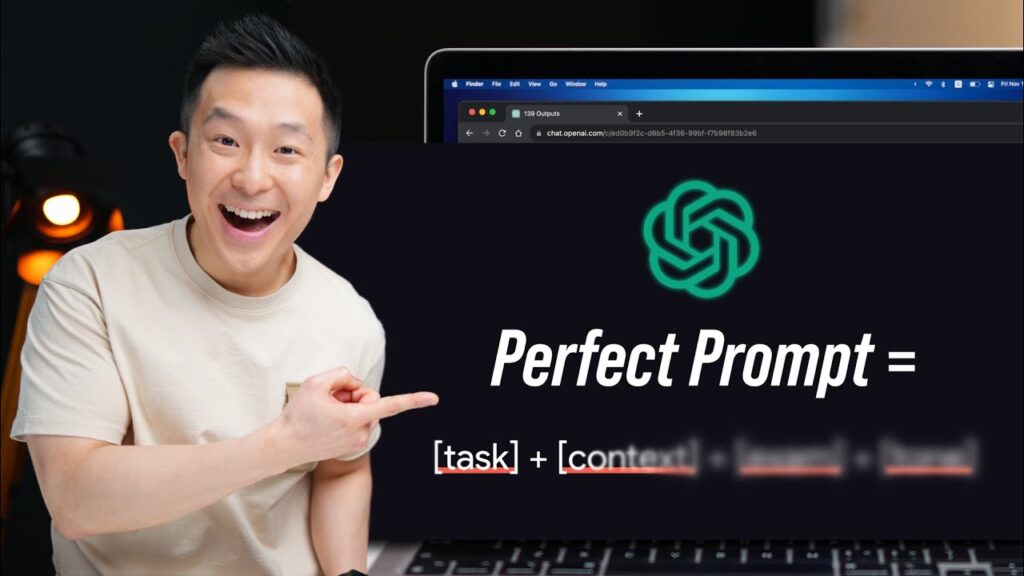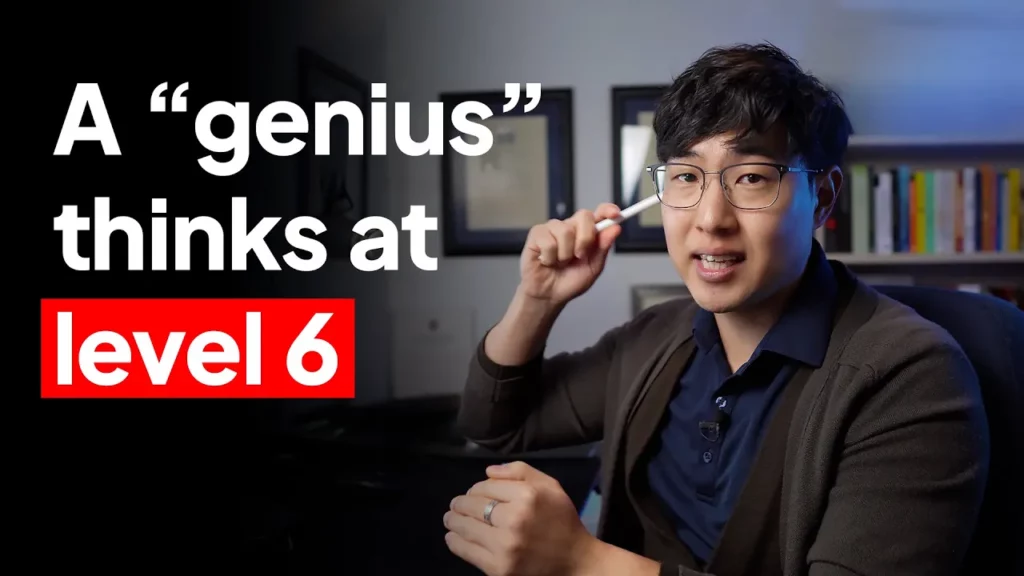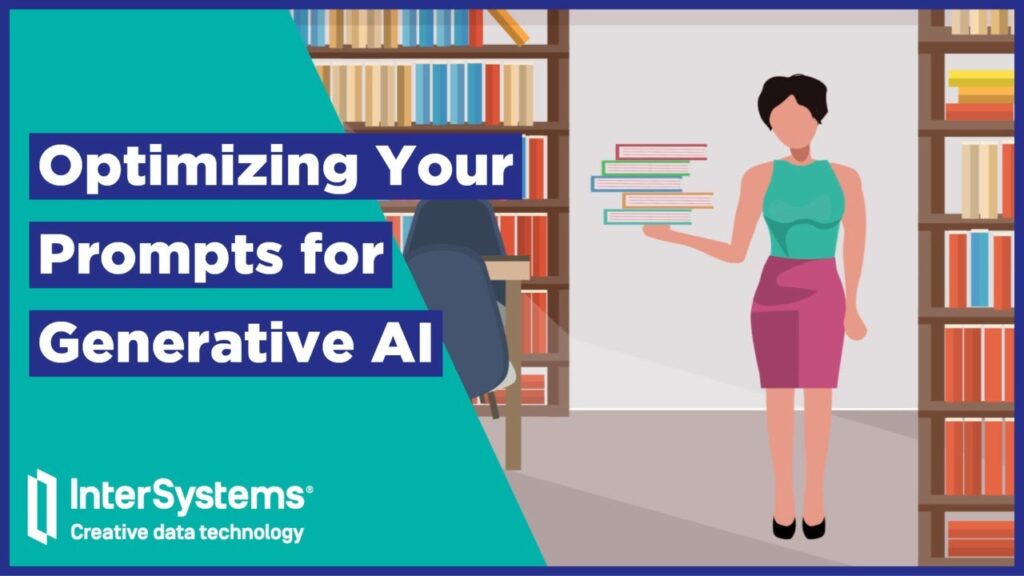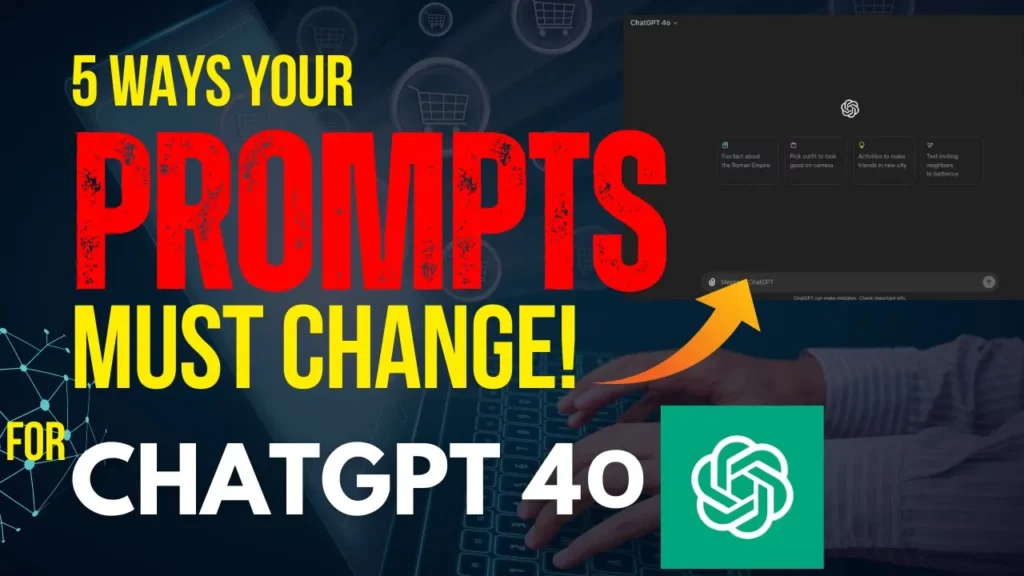Mastering the art of creating prompts for ChatGPT and Google Bard can significantly enhance the quality of outputs generated. By understanding the six key components of a prompt – task, context, exemplars, Persona, format, and tone – you can consistently generate precise and relevant results.
The first building block of a successful prompt is the task. Clearly articulating the desired action using active verbs is crucial. Context, the second component, provides necessary background information to guide the AI in producing accurate outputs. Including exemplars or examples within the prompt greatly improves output quality by offering a structured framework for the AI to follow.
Persona, the fourth component, helps shape the voice and perspective of the AI, making it crucial to consider who you want the AI to embody. Format dictates how the final output will look, influencing the presentation of information for better understanding. Lastly, tone sets the mood and style of the prompt, ensuring the AI’s response aligns with the intended emotional context.
By incorporating all six components strategically, you can create prompts that yield tailored and effective results. A comprehensive prompt example for a senior product marketing manager at Apple unveiling a new product showcases how each component contributes to crafting a specific and detailed prompt for optimal outcomes.
Understanding the significance of each component and how they work together is fundamental in harnessing the full potential of ChatGPT and Google Bard. Crafting well-structured prompts is a skill that can greatly enhance productivity and efficiency when interacting with AI. Stay tuned for more advanced tips on prompting to elevate your skills further.












